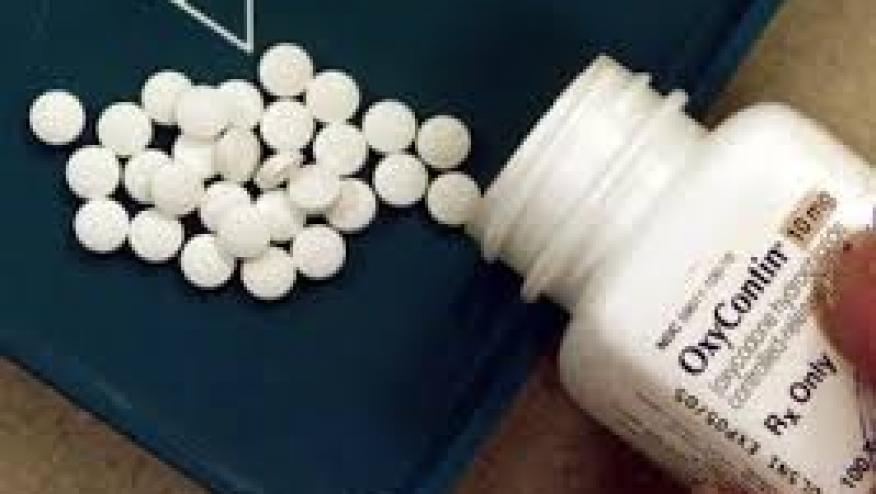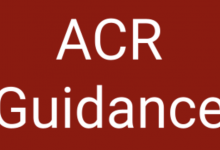Prescription Opioid Use Falls While Abuse Rises Save

From 2003 to 2013, the percentage of nonmedical use of prescription opioids decreased among adults in the U.S., while the prevalence of prescription opioid use disorders, frequency of use, and related deaths increased, according to a study in the October 13 issue of JAMA.
Since 1999, the United States has experienced increases in illness and death associated with nonmedical use of prescription opioids, which is being called a U.S. epidemic. During this period, emergency department visits and drug overdose deaths involving these drugs have increased rapidly. To fully understand the current status of the epidemic and who is currently most affected, an examination of nationally representative U.S. surveillance data is needed.
Beth Han, MD, PhD, MPH, of the Substance Abuse and Mental Health Services Administration, Rockville, Md., and colleagues examined the prevalence of nonmedical use and use disorders (dependence on or abuse of alcohol, marijuana, cocaine, hallucinogens, heroin, inhalants, or nonmedical use of prescription pain relievers, sedatives, or stimulants) and related risk factors with data from 472,200 persons who participated in the 2003-2013 National Surveys on Drug Use and Health. Mortality was based on the 2003-2013 National Vital Statistics System's Multiple Cause of Death Files.
Among adults age 18 through 64 years, the prevalence of nonmedical use of prescription opioids decreased from 5.4 percent in 2003 to 4.9 percent in 2013, but the prevalence of prescription opioid use disorders increased from 0.6 percent in 2003 to 0.9 percent in 2013. The 12-month prevalence of high-frequency use (200 days or more) also increased from 0.3 percent in 2003 to 0.4 percent in 2013. Mortality assessed by drug overdose death rates involving prescription opioids increased from 4.5 per 100,000 in 2003 to 7.8 per 100,000 in 2013. The average number of days of nonmedical use of prescription opioids increased from 2.1 in 2003 to 2.6 in 2013. The prevalence of having prescription opioid use disorders among nonmedical users increased to 15.7 percent in 2010, 16.1 percent in 2011, 17 percent in 2012, and 16.9 percent in 2013, from 12.7 percent in 2003.
“We found a significant decrease in the percentage of nonmedical use of prescription opioids, as well as significant increases in the prevalence of prescription opioid use disorders, high-frequency use, and related mortality among adults aged 18 through 64 years in the United States over the past decade. Furthermore, the increases identified in this study occurred in the context of increasing heroin use and heroin-related overdose deaths in the United States, supporting a need to address nonmedical use of prescription opioid and heroin abuse in a coordinated and comprehensive manner,” the authors write.
“Receiving treatment for substance use disorders is particularly critical. Most adults with prescription opioid use disorders or other substance use disorders neither receive treatment nor perceive a need for treatment. In 2013, more than three-fourths of adults aged 18 through 64 years who had prescription opioid use disorders did not receive any substance use treatment. Particularly, policy and societal barriers prevent broad dissemination, access, and adoption of highly effective medication-assisted therapies for people with prescription opioid use disorders.”










If you are a health practitioner, you may Login/Register to comment.
Due to the nature of these comment forums, only health practitioners are allowed to comment at this time.